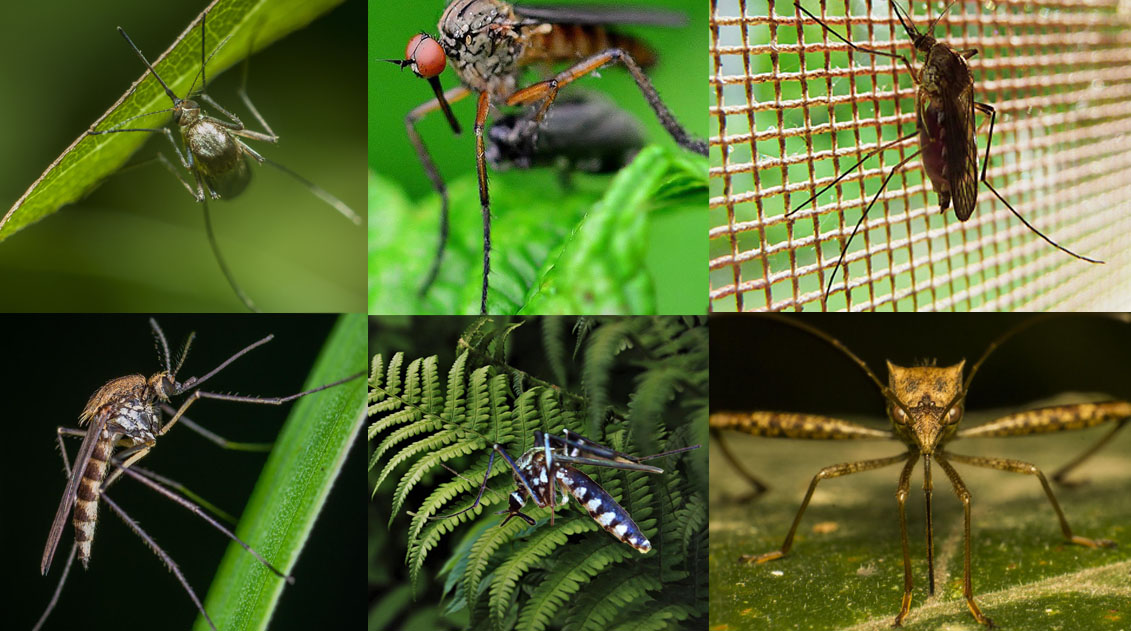
Tracking Invasive Mosquito Species with Mosquito Dashboard
There are over 3000 mosquito species globally. Although they are irritating, only a few species are known vectors for transmitting diseases. These species include Anopheline mosquitoes, which are mostly associated with transmitted malaria. As well as invasive mosquito species such as Aedes, which transmit Dengue.
What is a Vector?
Vectors are living organisms capable of transmitting diseases in humans and between animals and humans. About 17% of all infectious diseases are spread by vectors. In addition, they are the cause of 700,00 deaths annually around the globe.
Mosquitos make very effective vectors. Because of this, they are the deadliest animal on Earth. They’re responsible for 1 million deaths worldwide each year. Such a wide variety of species makes it difficult to identify the culprits behind disease transmission. That’s why researchers from the University of South Florida have teamed up with other experts in the US and Spain to solve this issue. Funded by a four-year grant from the National Science Foundation, scientists are contributing to a large-scale project based on establishing global surveillance of mosquito-borne diseases. This paper was recently published in Insects.
Citizen Science for Tracking Invasive Mosquito Species
The study involves using citizen science, which relies on the public uploading images of mosquito specimens and breeding habitats using smartphones. Citizen science refers to projects in which the public participate. We recently covered the topic of citizen science on the blog earlier this year. This can be very useful in global projects such as this one. This citizen science project is a dashboard of images and information on mosquitos from all around the world. It combines data from three partner apps: Mosquito Alert, NASA’s GLOBE Observed and I naturalist. Using a dashboard like this will cut costs and time, by collecting global geographical data. It will not only help scientists to distinguish between species but also identify where potentially invasive mosquito deadly species are. This can also help control and prevent invasive species from spreading around the globe.
Citizen science can be a very useful tool for an ever-changing world. Scientists can utilise this tool and ask citizen scientists to carry out specific tasks. In this paper, the scientists asked citizen scientists to target primary vectors of the zika virus, yellow fever, dengue and chikunga. This was successful as the citizen scientists were able to locate these specific vectors.
Doing this allowed the scientists to identify invasive mosquito species Aedes scapularis, responsible for transmitting yellow fever. This species usually inhabits South America and Africa.
Available Vaccines
Although its transmission can be prevented with a very successful vaccine, distribution of the vaccine has not been consistent in some areas of Africa and South America. Even in those with large vaccine campaigns. In fact, the vaccine hasn’t been distributed at all in some areas, such as Isiolo county. And in some countries and regions, it’s still a huge issue. For example, 34 countries in Africa and 13 in South and Central America are endemic or have regions which are endemic. Vaccine disparity in Africa is a common problem, we recently covered this issue in the context of COVID vaccines earlier this year on the blog.
Another important point to consider is invasive species of mosquitos which carry these vector diseases. As if they are starting to migrate to other countries, residents and tourists may also become infected. Those travelling to or living in mosquito-inhabited areas are usually given the vaccine. If these species of mosquitos are inhabiting other undocumented areas, this could cause outbreaks of the disease.
Knowledge is power, and in this case, the citizen scientists were able to provide a critical insight, which was shared with local monitoring services. Climate change is increasing the global temperature, causing areas of Europe and certain areas in the US to become hotter. This could lead to more invasive mosquito species migrating to new habitats, signifying why it’s more important than ever to monitor these changes.
Artificial Intelligence in Surveillance of Invasive Mosquito Species
Another aspect of the project focuses on producing image recognition software using artificial intelligence to identify species of mosquitos. This will allow dangerous species of mosquitos to be identified quickly and will be utilised specifically for monitoring the invasive urban vector Anopheles stephensi in Africa.
This project will be led by USF engineering Professor Sriram Chellappann who will conduct the training and testing on artificial intelligence algorithms, to produce the recognition software. Chellappan has said, “It will yield valuable tools for citizen-assisted surveillance to combat diseases.”
The world’s first malaria vaccine was successfully distributed in Africa throughout 2019 and has so far been administered to more than 1 million children in Africa. If you’re interested in further information on Malaria treatment and prevention, we have an informative post on the blog which provides in-depth details. As vaccines for vector diseases slowly become more readily available. It’s clear that other prevention measures also need to be implemented.
This study published in Insects provides a next-generation surveillance network using both artificial intelligence and citizen science. This demonstrates the success that this framework can have for global surveillance and monitoring services. Which can potentially save lives by preventing the spread of disease.











what is the app called & is it available for download for the public? t/y.
MosquitoDashboard.org . You can find the download links to all three citizen science apps at the bottom left.